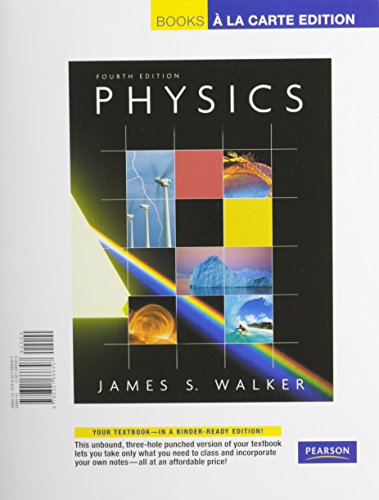

The other is based on surface modification technologies, especially using blocking nanomaterials to enhance the thermostability and tolerance to migration to improve the UV-resistant property.

Careful design and construction of molecular structures can optimize the technical performance but not satisfy the economic performance, such as difficult implementation, increased cost, and unstability product performance, which limited a further commercialized promotion and application. One is trending toward the increase in molecular weight and reactivity. To overcome these drawbacks, there have been two widely explored ways. (6,7) The main disadvantages of UV absorbers with relatively low molecular weight are being easy to cause loss by migrating to the surface and volatilizing during heat processing, thus reducing its concentration and leading to the weakening of UV-resistant protection for polymer surface and film products.

Normally, for the purpose of enhancing the weatherability and durability of PBAT and other polymers, UV absorbers, such as benzotriazole and triazine, are often used as UV light stabilizers, which are capable of absorbing UV photons and converting to nonradiative heat through excited-state intramolecular proton transfer (ESIPT).

The design of modified release strategy realizes the durable UV absorption ability of the hydroxyphenyl benzotriazole class of photostabilizers in particular but more generally highlights an important adding method that should be considered when utilizing a photostabilizer. Combined with gel content and gel permeation chromatography analyses, it was inferred that the process of crosslinking resulting from Norrish I can be effectively minimized by the action of SiO 2–HBT. With benzotriazole compensation, the halving period of elongation at break performance was extended from about 15 to 48 h. Well-dispersed silica nanospheres are shown to offer the release property for benzotriazole triggered by UV and heat irradiation while durable UV protection due to the supplementary of benzotriazole in the PBAT matrix. To improve the anti-aging capacity to UV radiation of the PBAT film, we describe a straightforward and highly producible synthesis of UV-resistant dendrimeric porous silica nanospheres (SiO 2–HBT) by adding benzotriazole as a pore-expanding agent, more importantly demonstrating its detailed mechanism. The durable application of poly(butylene adipate- co-terephthalate) (PBAT) under atmospheric conditions is restricted by its poor ultraviolet (UV) stability.


 0 kommentar(er)
0 kommentar(er)
